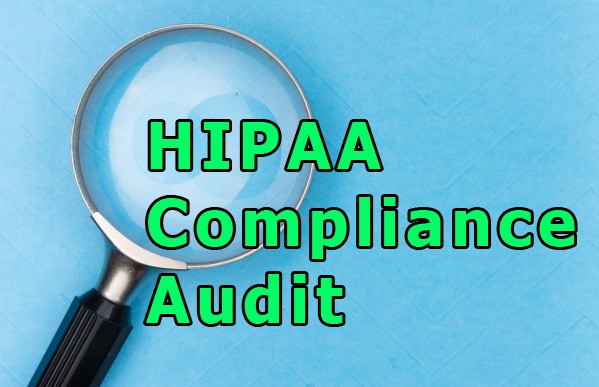What Is a HIPAA Compliance Audit?
A HIPAA Compliance Audit is a comprehensive evaluation process designed to ensure that an organization adheres to the regulations set forth by the Health Insurance Portability and Accountability Act (HIPAA). The primary goal of the HIPAA audit is to verify that an entity is effectively safeguarding Protected Health Information (PHI) in both electronic (ePHI) and physical forms.
Key Aspects of a HIPAA Audit:
- Privacy Rule Compliance
Evaluates how PHI is used and disclosed, ensuring that patients’ privacy rights are respected. - Security Rule Compliance
Assesses the administrative, physical, and technical safeguards in place to protect ePHI against unauthorized access, breaches, and cyber threats. - Breach Notification Rule
Ensures the organization has procedures to identify, report, and respond to PHI breaches promptly and according to regulatory requirements. - Enforcement Rule
Reviews adherence to policies and ensures the organization is prepared for potential enforcement actions by regulatory bodies.
Purpose of a HIPAA Compliance Audit
- Risk Identification: Pinpoints vulnerabilities in how PHI is handled and stored.
- Regulatory Adherence: Confirms the organization meets all HIPAA requirements.
- Preventive Action: Identifies gaps and provides actionable recommendations to avoid future compliance issues.
- Preparedness: Prepares organizations for official investigations or inquiries from the Office for Civil Rights (OCR).
Our HIPAA Compliance Audit Services
- Comprehensive Risk Assessments: Identification and evaluation of risks to PHI.
- Policy and Procedure Review: Ensuring all policies comply with HIPAA requirements.
- Gap Analysis: Comparing your current practices with HIPAA standards to identify areas for improvement.
- Technical Safeguards Audit: Assessment of electronic PHI (ePHI) security measures.
- Physical Safeguards Review: Evaluation of physical protections for PHI.
- Workforce Training Review: Ensuring employee compliance through proper training and awareness.
- Mock OCR Audits: Simulating an OCR audit to prepare your organization for potential investigations.
Benefits of Our HIPAA Audit Services
- Ensure complete compliance with HIPAA regulations.
- Minimize risks of data breaches and penalties.
- Build a culture of security and compliance within your organization.
- Gain actionable insights through detailed audit reports.
- Peace of mind knowing your organization meets federal standards.
Our HIPAA Compliance Audit Process
- Initial Consultation: Understanding your organization’s unique needs.
- Data Collection: Gathering information on your current practices, policies, and procedures.
- Risk Assessment: Identifying vulnerabilities and assessing risks to PHI.
- Audit Execution: Conducting a thorough review of administrative, physical, and technical safeguards.
- Detailed Reporting: Providing actionable recommendations in a comprehensive audit report.
- Post-Audit Support: Assisting with remediation and ensuring continued compliance.
Who Can Benefit from Our HIPAA Audit Services?
- Hospitals and healthcare providers
- Health insurance companies
- Business associates handling PHI
- Healthcare startups and telemedicine platforms
Why Choose Us?
- Expert auditors with years of HIPAA compliance experience.
- Tailored solutions for organizations of all sizes.
- Proven track record in ensuring compliance and mitigating risks.
- Commitment to confidentiality and professionalism.
The process is the same for both Covered Entities and Business Associates. One standard for all appropriate to each operational context means the Covered Entity can be assured that their Business Associates are meeting the requirements just as they are, thus having greater peace of mind and greater risk control at all levels.
HIPAA compliance audits for covered entities and business associates are essential for maintaining patient data integrity and avoiding costly non-compliance issues. These audits offer numerous benefits, including risk mitigation, legal protection, cost savings, improved reputation, and process efficiency.
By following a systematic methodology, these audits help organizations identify and rectify areas of non-compliance, ensuring that HIPAA regulations are consistently upheld. In an era where data breaches and privacy concerns are rising, investing in audit services is not just a best practice; it’s a necessity for the healthcare industry.
Please contact us for more information on how our Audit Services can help you to achieve and stay HIPAA compliant Bob@hipaatraining.net or call (515) 865-4591
USER RATING: HIPAA Audit Management Program is rated 4.8 out of 5 by 1503 users.
